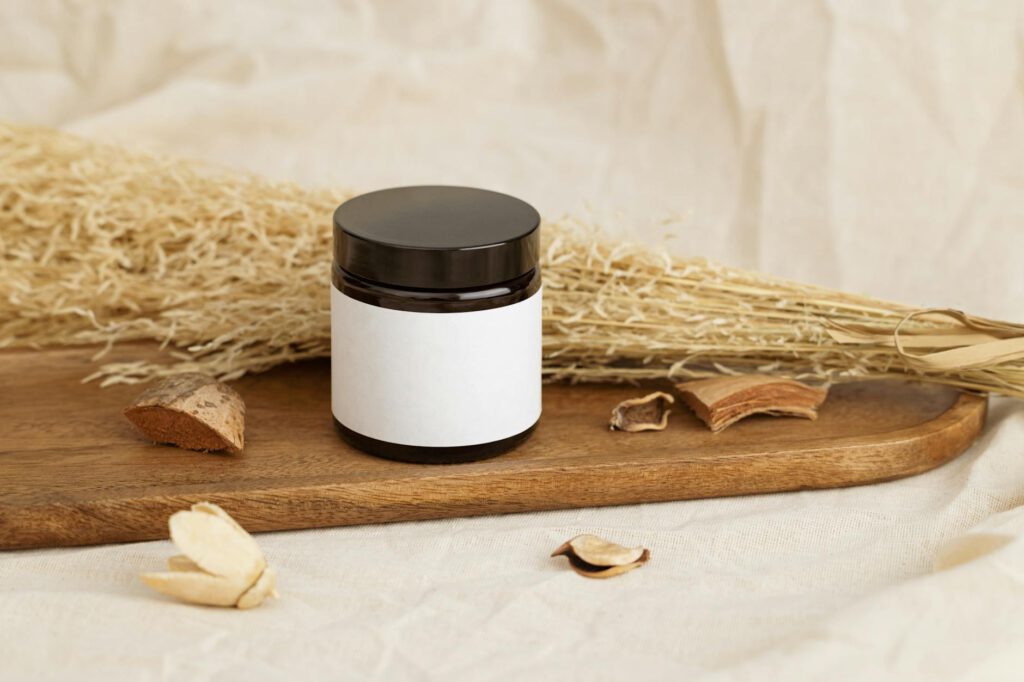****
Introduction
The demand for natural, sustainable skincare is skyrocketing, especially among college students who prioritize affordability, eco-friendliness, and personalization. DIY plant-based skincare kits offer a fantastic opportunity to tap into this market while fostering creativity and entrepreneurship right from your dorm room.
Whether you’re a skincare enthusiast looking to share your passion or an aspiring entrepreneur seeking a low-cost business idea, creating and selling DIY skincare kits to dormmates can be both profitable and rewarding. This guide covers everything from sourcing ingredients to packaging, marketing, and scaling your small business—all while keeping it simple and student-friendly.
Why DIY Plant-Based Skincare Kits Are a Dorm Room Hit
College students are increasingly conscious of what they put on their skin. Many are wary of harsh chemicals found in commercial products and prefer natural alternatives that are gentle, customizable, and budget-friendly. DIY plant-based skincare kits meet these needs by offering:
- Affordability – Homemade skincare is often cheaper than store-bought brands.
- Sustainability – Minimal packaging and natural ingredients reduce environmental impact.
- Personalization – Students can tailor products to their skin type (oily, dry, sensitive).
- Fun & Educational – DIY kits encourage creativity and self-care routines.
With these advantages, selling skincare kits to dormmates can quickly gain traction.
Subtopic 1: Choosing the Right Ingredients for Your DIY Skincare Kits
The foundation of any great skincare product is high-quality, plant-based ingredients. Since you’re targeting dormmates, focus on simple, effective, and non-irritating components.
Essential Ingredients to Include
- Base Oils –
- Coconut oil (moisturizing)
- Jojoba oil (balances sebum)
-
Sweet almond oil (gentle for sensitive skin)
-
Botanical Additives –
- Aloe vera gel (soothes irritation)
- Green tea extract (antioxidant-rich)
-
Chamomile (calms redness)
-
Natural Exfoliants –
- Oatmeal (gentle scrub)
-
Sugar or salt (for body scrubs)
-
Essential Oils (Optional) –
- Lavender (relaxing)
- Tea tree (antibacterial)
- Citrus oils (energizing)
Avoiding Common Pitfalls
- Allergens – Always disclose ingredients in case of sensitivities.
- Preservatives – Since these are fresh products, recommend refrigeration or short shelf life.
- Messy Ingredients – Avoid items that stain or are hard to clean (e.g., turmeric).
By keeping formulations simple and safe, you ensure repeat customers.
Subtopic 2: Packaging Your DIY Skincare Kits for Appeal and Convenience
Dorm rooms have limited space, so your packaging should be compact, eco-friendly, and visually appealing.
Steps to Create an Attractive Kit
- Choose Minimalist Containers –
- Small glass jars or recyclable plastic tubs for creams.
-
Amber dropper bottles for oils (protects from light).
-
Label Clearly –
- List ingredients, usage instructions, and expiration dates.
-
Add a fun, handcrafted touch with handwritten or printed labels.
-
Bundle as Kits –
- “Starter Kit” – Cleanser, moisturizer, lip balm.
- “Acne Relief Kit” – Tea tree toner, clay mask, spot treatment.
-
“Glow Kit” – Facial oil, exfoliating scrub, hydrating mist.
-
Eco-Friendly Touches –
- Use biodegradable packaging or reusable tins.
- Offer refill discounts to encourage sustainability.
Branding Tips for Student Sellers
- Create a simple logo (Canva is great for free designs).
- Use Instagram or TikTok to showcase your kits with aesthetic flat lays.
- Offer customization (e.g., adding a dormmate’s name to the label).
Subtopic 3: Selling to Dormmates – Marketing Strategies That Work
Since you’re targeting a close-knit audience (your dorm), word-of-mouth and social media will be your best tools.
Effective Selling Strategies
- Host a DIY Skincare Night –
- Invite dormmates for a fun workshop where they make their own products.
-
Provide samples and take orders afterward.
-
Leverage Social Media –
- Post before-and-after testimonials.
-
Share skincare tips to build credibility.
-
Offer Discounts & Bundles –
- “Buy 2, Get 1 Free” deals.
-
Referral discounts for friends who bring new customers.
-
Collaborate with Dorm Events –
- Partner with RA-led wellness programs.
- Set up a small table during move-in week or finals stress-relief events.
Pricing Your Kits
- Low-Cost Entry – Start with $10-$20 per kit to attract students.
- Profit Margin – Aim for at least 50% markup after ingredient costs.
- Payment Options – Use Venmo, Cash App, or PayPal for easy transactions.
Tools, Tips, and Resources for Success
Must-Have Supplies
- Mixing bowls & spoons
- Measuring spoons
- Funnels for filling containers
- Labels and a printer (or handwrite for a personal touch)
Where to Source Ingredients
- Local Health Stores – Bulk sections for oils and herbs.
- Online Retailers – Amazon, Mountain Rose Herbs, Bulk Apothecary.
- Campus Farmers’ Markets – Fresh aloe vera or beeswax.
Time-Saving Tips
- Pre-mix dry ingredients (like powdered clays) for faster assembly.
- Batch-prepare bases (e.g., shea butter creams) to save time.
FAQs About DIY Skincare Kits for Dorm Sales
Q: How long do these products last?
A: Since they’re preservative-free, most last 2-4 weeks if refrigerated.
Q: What if someone has an allergic reaction?
A: Always do a patch test and provide a full ingredient list.
Q: Can I sell these outside my dorm?
A: Yes! Expand to local markets or Etsy once demand grows.
Q: How do I keep costs low?
A: Buy ingredients in bulk and reuse containers when possible.
Conclusion
Creating and selling DIY plant-based skincare kits in your dorm is a smart, sustainable, and profitable side hustle. By focusing on natural ingredients, attractive packaging, and smart marketing, you can build a loyal customer base among your peers.
Start small, gather feedback, and refine your kits based on what sells best. With creativity and consistency, your dorm room business could grow into a thriving brand—one glowing review at a time.
Ready to mix your first batch? Your dormmates (and their skin) will thank you!

